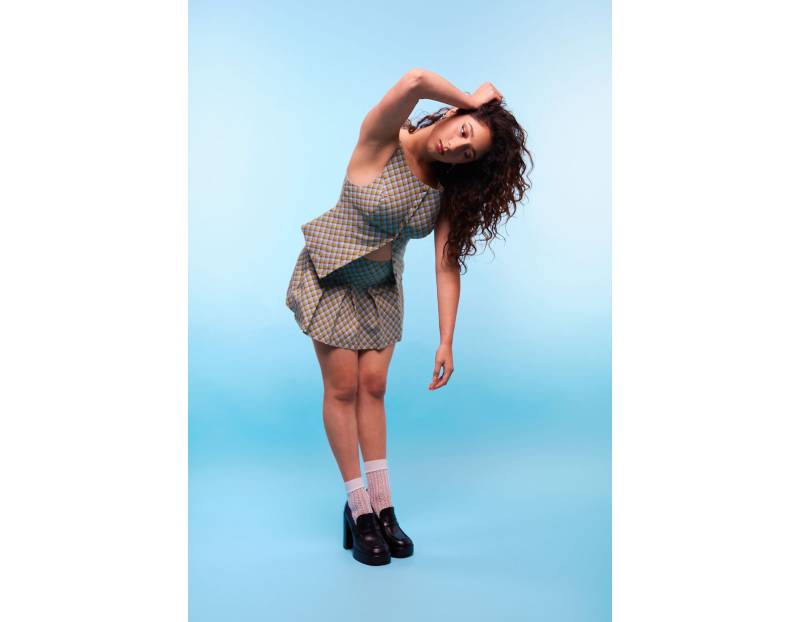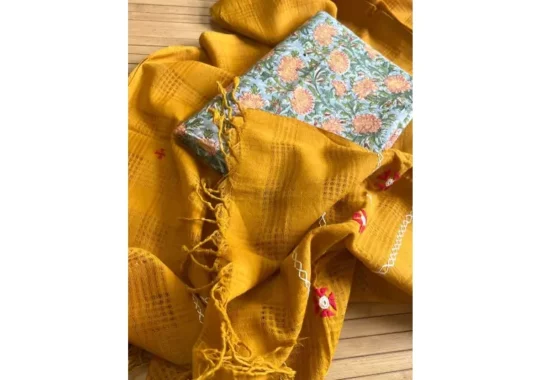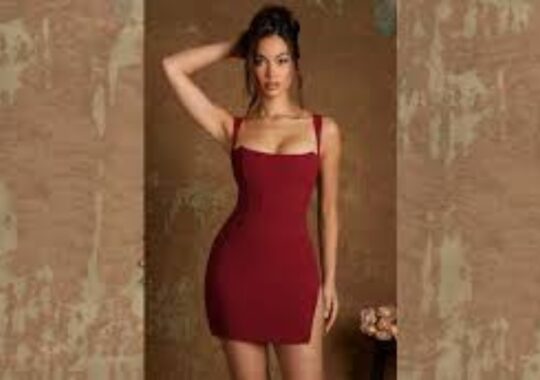In this candid Q&A, dancer, and activist Gemma Asfour reflects on her latest concept video ‘Hind’s Hall’, and the deeper message behind her art. As a Palestinian, Asfour has spent much of her life feeling silenced, but her concept videos give her a platform to express her voice in a powerful new way. She opens up about the emotional impact of collaborating with like-minded dancers, the fears she overcame in releasing the project, and how it has strengthened her commitment to activism through her creative work.
- In “Always Forever,” what story or message were you trying to convey, and why was it important for you to share it through dance?
In my concept video “Always Forever,” I portray the story of a push-and-pull relationship. Highlighting the reliance on other people in loneliness. It was important for me to share this story through dance because as I was creating the choreography and listening to the music/lyrics, piece by piece, I found myself developing this story of two people who thought they were alone in this world, found each other, and went through all the different stages/emotions of a relationship. The storyline and each relationship stage got more specific as I created the choreography, which made the story even more important to tell through art. Art is how I express things; these particular emotions were revealed through this project.

- What challenges have you faced when translating your artistic vision into a tangible dance project like your concept videos?
There are always basic challenges when translating your artistic visions, especially when sharing your work with the world. For me, I faced the challenges of trusting myself and my vision. I thought it would be too simple and nothing anybody would want to watch when it ended up being the complete opposite. When you have not only one but multiple other people in your project, scheduling can be a very stressful challenge. But how it works out in the end is how it was meant to be, so as it can be challenging at times, you must trust the process!
- You’ve been dancing for most of your life. How has your relationship with dance evolved as you’ve grown older?
I have been dancing since I was two years old, and my relationship with it has evolved & grown with me. Finding out I could dance professionally for the rest of my life changed my whole relationship with dance. I heard a lot that being in the industry can ruin your passions. With how hardcore you have to train, always putting yourself out there, and handling rejections, you can think your relationship with your art is gone. As I have felt defeated at some moments, I have a brand new appreciation for dance and the beauty of the art form. Releasing projects that are true to me, having a good community around me, and finding my worth in the space leaves my relationship with dance stronger than ever.
- When you choreograph, do you start with the music, the concept, or the movement itself? How does your process unfold?
I touched on this earlier, but music is always the first step. With “Always Forever,” it was one specific time I listened to this song, even though I had heard it a million times before and saw a whole outline of a story in my head. When I see this vision, I usually develop the concept and the aesthetic/look of movement quickly. I am very visual, so seeing & creating this in my mind isn’t difficult. Then I get into the studio, feel out the music, and fine-tune the movement and how I want it filmed. Afterward, it is a matter of getting other dancers in the studio, scheduling the shoot, meeting the videographer, scouting locations, filming, and editing!
- What has been the most emotionally challenging piece you’ve worked on, and how did it impact your growth as an artist?
The most emotionally challenging piece I worked on was my most recent concept video to, “Hind’s Hall” by Macklemore. As a Palestinian, I have spent my whole life being silenced by the world’s propaganda machine. So, having an artist like Macklemore use his platform to call that out was very emotional for me. Finding a group of dancers who didn’t only use their artwork for activism like I do but also supported me and my voice as a Palestinian artist meant the world to me. Releasing that project was very scary, but I was surrounded by many more artists who supported me for who I was and my work. It made me much more confident in fully being myself as a human and an artist. But also more confident in my work.
- You’re a young dancer with big dreams. Where do you see your career in five years?
My career in five years hopefully encompasses many different things. Creative direction is my passion, and in five years, I hope to have worked with many artists, providing creative/movement direction for videos, performances, and tours. I also hope to have established many more personal projects by then, and I am sure they will continue to grow and become bigger projects/productions as well. I love the art of acting, so I would love to get involved more in various genres of movies, shows, etc.. I haven’t mentioned this yet, but I am also a drummer and love to play around with producing. So creative directing, getting more involved in acting, and writing music would be a dream!
- Where can we follow you on social media?
You can follow me at @gemma.asfour on all social media platforms! My campaign, “Society Inspired,” is @society_inspired on Instagram or by looking up Society Inspired on YouTube or your preferred podcast platform. Lastly, my photography account is on Instagram @snapsby.gem.





